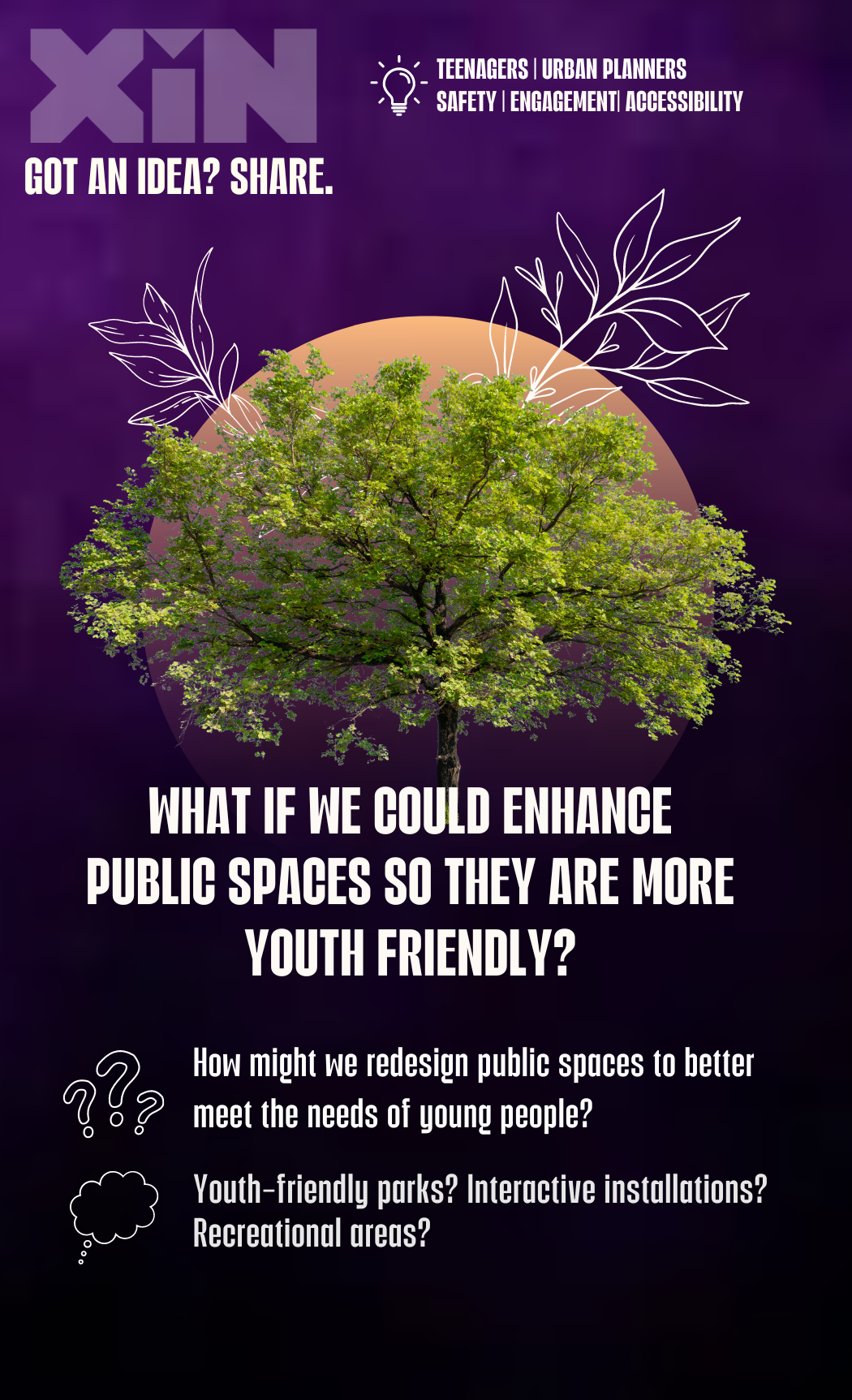Public spaces play a crucial role in the social fabric of communities, offering places for relaxation, recreation, and social interaction. However, there’s a growing need to make these spaces more appealing and functional for young people. We gathered insights from various individuals on how public spaces could be redesigned to better meet the needs of the youth. Here’s what they had to say:
1. Riya, 25-Year-Old Software Engineer
Riya emphasizes the importance of integrating technology into public spaces. She suggests incorporating free Wi-Fi zones and interactive digital kiosks that provide information and event updates. Comfortable seating areas, dedicated socializing spots, and recreational facilities like skate parks or outdoor gyms would attract more young people. Moreover, organizing community events such as coding workshops, music festivals, and art exhibitions can make these spaces vibrant and engaging. Ensuring these areas are safe, clean, and well-lit is crucial for their success.
2. Ananya, 45-Year-Old School Teacher
Ananya believes that public spaces should cater to both educational and recreational needs of children and teenagers. This could include well-maintained playgrounds, libraries, and areas for art and craft activities. Organizing educational workshops and sports tournaments can also engage the youth. Safety, cleanliness, and accessibility are key factors that can make a big difference.
3. Raj, 30-Year-Old Entrepreneur
From Raj’s entrepreneurial perspective, public spaces could benefit from pop-up shops and markets where young people can showcase their products and ideas. Adding co-working spaces with free Wi-Fi and power outlets can make these areas more appealing to young professionals. Regular networking events and start-up fairs would help foster innovation and collaboration.
4. Meera, 50-Year-Old Homemaker
Meera highlights the need for inclusivity and family-friendliness in public spaces. She suggests having areas where families can relax together, such as picnic spots, clean restrooms, and safe play areas for kids. Organizing family-oriented events like movie nights or cultural festivals can bring communities closer and provide entertainment for all ages.
5. Priya, 22-Year-Old College Student
Priya, as a college student, desires more study-friendly environments in public spaces. She suggests outdoor reading areas with comfortable seating and shade, along with free Wi-Fi and charging stations for those who need to study or work on the go. Spaces for sports and recreational activities, like basketball courts or yoga zones, would also be fantastic.
6. Arjun, 35-Year-Old IT Professional
Arjun advocates for creating quiet, peaceful zones within public spaces for meditation, reading, or unwinding after a long day. Offering tech-enabled amenities such as charging stations and interactive information boards can make these spaces more appealing.
7. Suresh, 60-Year-Old Retiree
Suresh believes public spaces should be inclusive for all ages, with well-maintained walking paths, benches, and shaded areas for relaxation. Activities like gardening clubs, book reading sessions, or senior fitness classes can keep older adults engaged and active. Safety and accessibility are key factors to consider.
8. Kavya, 28-Year-Old Artist
Kavya envisions public spaces with designated areas for creative expression, like graffiti walls, performance stages, and art installation spots. Organizing art fairs, music performances, and creative workshops can attract the youth and foster a vibrant community atmosphere. Providing a platform for local talent would make these spaces culturally rich.
9. Manoj, 40-Year-Old Small Business Owner
Manoj suggests using public spaces for local markets and fairs where small businesses can showcase their products. Creating spaces for pop-up shops and food stalls can attract a diverse crowd and support local entrepreneurs. Regular events like flea markets or food festivals would keep these spaces lively and engaging.
10. Neha, 18-Year-Old High School Student
Neha advocates for more sports and recreational facilities in public spaces, such as basketball courts, skate parks, and cycling tracks. Areas with free Wi-Fi and comfortable seating would be great for hanging out with friends or doing homework. Organizing sports tournaments and youth festivals can make these spaces more appealing to young people.
Conclusion
Redesigning public spaces to better meet the needs of young people involves a combination of technology, education, recreation, and inclusivity. By incorporating elements like free Wi-Fi, interactive kiosks, comfortable seating, and spaces for socializing and creativity, we can create vibrant and engaging environments that cater to the diverse interests of the youth. Additionally, organizing community events and ensuring safety and accessibility will make these spaces not only attractive but also functional for all age groups. Public spaces have the potential to become hubs of innovation, creativity, and community, fostering a sense of belonging and collaboration among young people.


